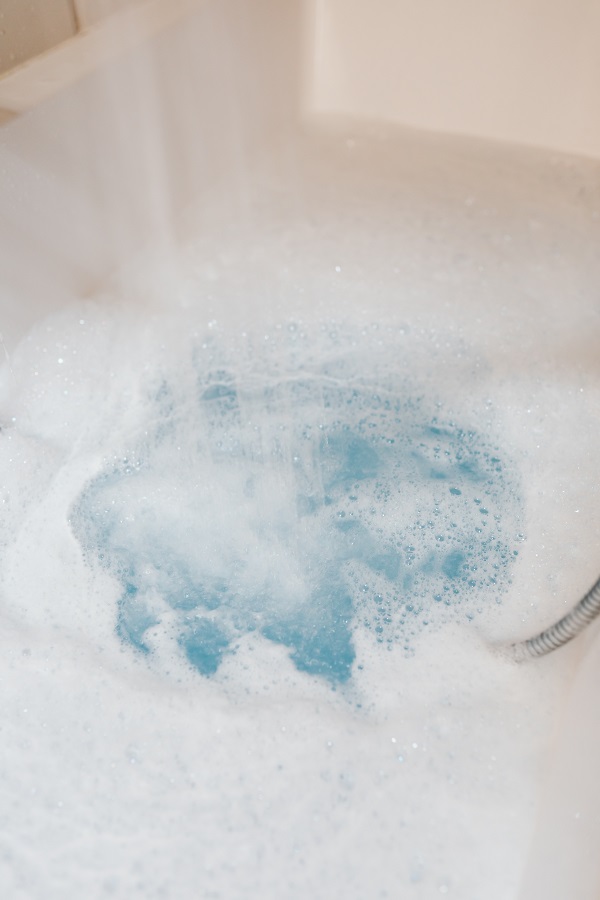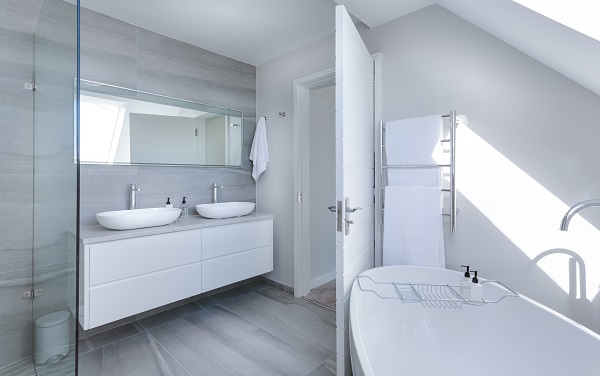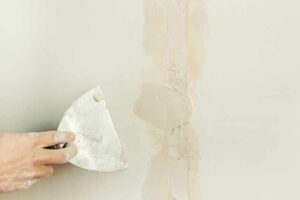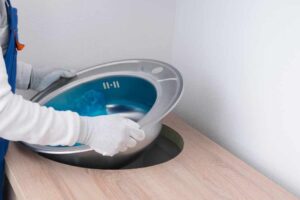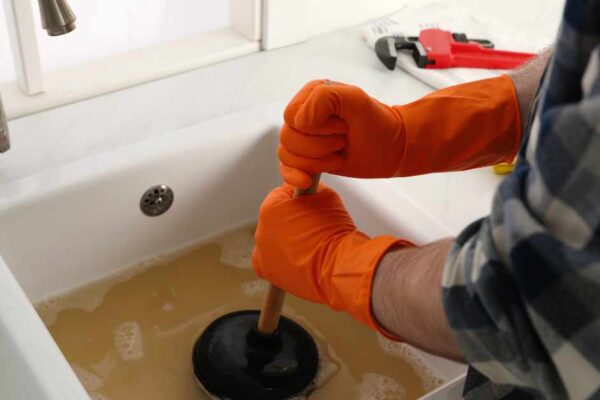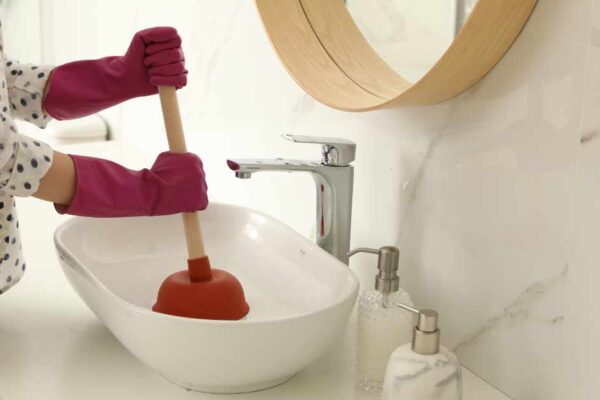Many things about a home life can be difficult to figure out. One of these would be how does a bathtub drain work? How does water flows from the shower head and drains into the tub? What if you have a clogged drain? What do you do? In this article, we will get a breakdown of how a bathtub drain works and all the steps.
What is a Bathtub Drain?
A bathtub drain is a plumbing fixture in a bathroom that drains water from the tub. The drain typically has a cover that can be opened to allow water flow. It helps to remove water and waste from the bathtub. The drain usually has a cover that can be opened to let the water and waste flow out.
How Does A Bathtub Drain Work?
Bathtub drains work by using a siphon to suck water out of the tub and into the drainage system. The bathtub drain is typically connected to the home’s main sewer line. When the tub is full, the drain will activate and begin to suck water out of the tub. This process can take some time, so it’s important to wait until the bathtub drains completely before getting out.
Bathtubs are great for relaxing after a long day but can also be painful if the drain is clogged. Fortunately, you can do a few things to clean and clear the drain quickly and easily.
Common Problems with a Bathtub Drain
If you’re like most homeowners, you probably don’t give much thought to your bathtub drain. After all, it drains the water out of the bathtub – right? Wrong. In fact, there are several common problems with bathtub drains that can lead to serious drainage issues in your home. Here are four of the most common issues and how to fix them:
1. Clogged Drain: One of the most common problems with bathtub drains is clogging. Over time, soap deposits and other debris can build up in the drain line and cause it to become blocked. To fix this problem, first, try using a plunger to clear the drain of any obstructions. If that doesn’t work, you may need to call a professional plumber to unblock your drain.
2. Frozen Drain: Another common issue with bathtub drains is frozen pipes. In wintertime, water can freeze inside the pipe near the bathtub and cause it to burst when it attempts to drain. To prevent this from happening, make sure to keep your plumbing warm by running hot water through it regularly or turning on the cold water tap briefly before using it in the bathtub.
3. Slow Drain: Bathtub drains can slow down during use due to the amount of water that your bathtub drains through. The more water that is in the drain, the slower it will drain. To prevent this from happening, always fill your tub to its maximum capacity before using it and be sure to run hot water through it regularly.
4. Leaky Faucet: Any time there is a leak in your bathroom, pipes or fixtures, you need to fix it quickly for safety reasons. If your faucet leaks when you turn on the cold water tap, call a plumber immediately, as this is an extremely dangerous situation that could lead to serious problems if not fixed soon enough.
5. Clogged Drain: Like any plumbing issue, a clogged drain can quickly create a problem. So, if you ever notice that your kitchen sink drains slowly or leaves water on the floor when you flush the toilet, it is important to call an expert to take care of this problem immediately before it worsens.
Common Solutions to a Problem with a Bathtub Drain
There are a few things that you can do to try and fix a problem with a bathtub drain. One common issue is that the drain gets blocked, which causes water to accumulate in the tub and overflow. Here are some solutions to some common problems with bathtub drains:
1. Clear the drain of any excess soap or debris buildup: If the drain is clogged with soap or other debris, you’ll need to clear it before trying to fix the problem. Use a plunger or a broom to remove any excess material.
2. Check for obstructions in the pipes beneath the tub: If the problem is with the pipe beneath the tub, something may be blocking it. You can try using a snake to clear away any obstructions, or you can call a professional.
3. Put down a rubber mat: A rubber mat placed beneath the tub can help prevent water from pooling on the floor.
4. Use a plunger: A plunger can be an effective way to clear clogged drains. Put one end of the plunger into the drain and the other over your waste bin or another container so that water doesn’t enter your house. Push and pull until the blockage is clear.
5. Use a plunger to clear the drain: Use a large, rubber bulb-shaped plunger to clear clogs from drains. Place the end of the plunger over your waste bin or another container so that water doesn’t enter your house. Push and pull until the blockage is clear.
6. Add vinegar: Vinegar can help unclog drains by breaking down lime deposits, which prevent water from flowing freely through pipes and tubes. You can add vinegar to the drain, let it sit for a few hours, then flush with hot water before you use this method again.
Conclusion
If you have a bathtub, you likely know that it can be a nightmare regarding drainage. Bathtubs are designed for soaking, not for draining water quickly and efficiently. That’s where the bathtub drain comes in: it’s an essential part of any bathroom and helps to optimize drainage so that your tub doesn’t become clogged up over time. There are different types of bathtub drains available on the market, so make sure to choose one that will meet your specific needs.

